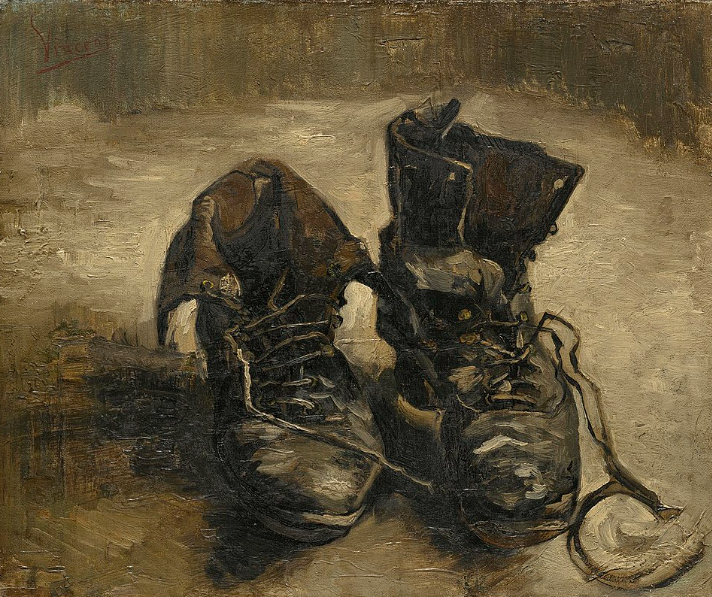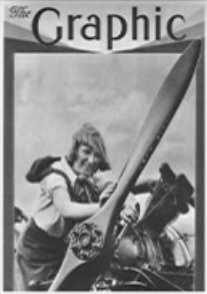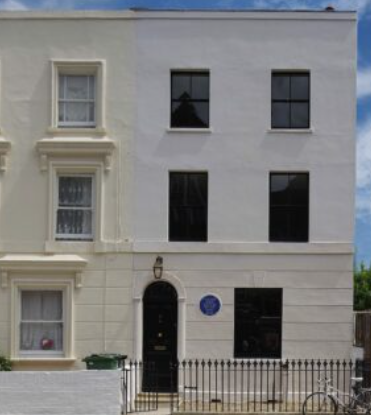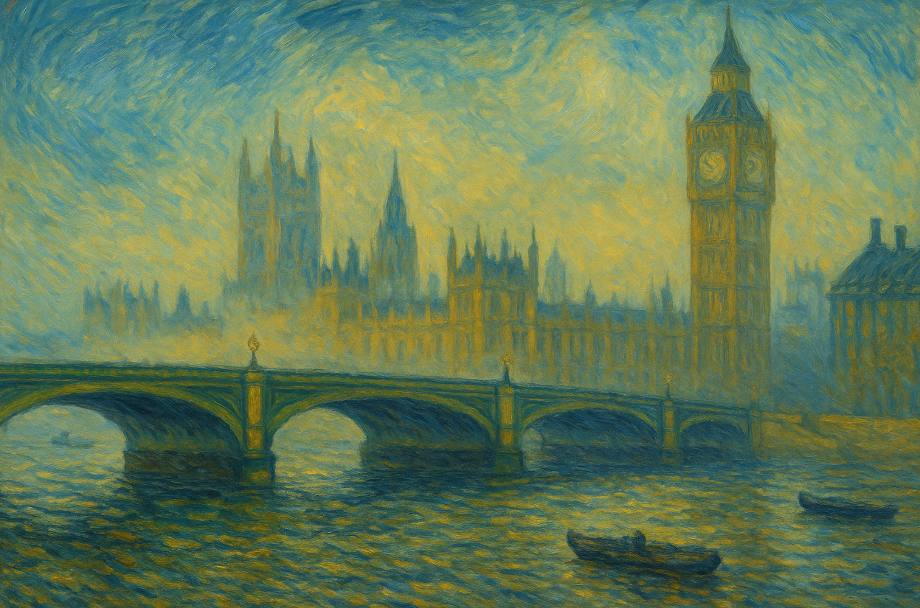Loving Vincent (2017) is an experimental animated drama exploring the life and mysterious death of Vincent van Gogh, remarkable for being the first fully hand-painted feature film. I saw it on its release, when several cinemas screened it simultaneously, and remember how captivated audiences were by its beauty and originality.
Contents
- Introduction
- Early Days in London
- British Art & Literature
- Struggles and a Turning Point
- Legacy of the British Years
- Did You Know?
Introduction
Though famed for Arles, Saint-Rémy, and the Dutch fields of his youth, Vincent van Gogh (1853–1890) also spent a formative period in Britain between 1873 and 1876. London’s streets, boarding houses, parks, and print shops broadened his eye and deepened his compassion for ordinary lives….seeds that would later flower in his paintings.

Early Days in London
At twenty, Van Gogh came to London as a junior employee for the art dealers Goupil & Cie.
Goupil & Cie was a major Paris-based art dealership and publishing house founded in 1829 by Adolphe Goupil. The firm specialised in prints, engravings, and later photographs of well-known artworks, which allowed them to dominate the international art market throughout much of the 19th century. With branches in major cities including London, New York, and The Hague, Goupil & Cie helped shape public taste by promoting popular salon and academic artists.
Vincent van Gogh came into contact with the company through family connections. His uncle, known as “Uncle Cent,” was a partner in the firm, which led to young Vincent securing a position with Goupil & Cie in 1869. He worked in their offices in The Hague, London, and later Paris. This experience exposed him to the world of art dealing and to the works of established artists, though he would ultimately reject the commercial tastes the firm represented in favour of his own, very different artistic path.
Vincent lodged in Stockwell and later Brixton, commuting across the city on foot. He explored museums and shop windows, studied engravings, and walked the Thames, absorbing a capital in the grip of industry and fog.
After leaving Goupil & Cie, Vincent van Gogh went through a turbulent period of searching for purpose before he became an artist.
In the early 1870s, he worked briefly as a teacher in Ramsgate (Kent) and later in Isleworth (Middlesex), teaching languages and Bible studies. These roles were not especially successful—he struggled to find stability and often lived in poor conditions. Deeply religious at this stage of his life, Van Gogh also attempted to pursue a career as a preacher. In 1878–79 he went to the Borinage, a coal-mining region in Belgium, where he lived among the miners and preached to them. His empathy for their suffering was genuine, but his extreme dedication (giving away his belongings, living in near-poverty) led the church authorities to dismiss him for being too unorthodox.

Throughout all of these years, Van Gogh wrote hundreds of letters, especially to his younger brother Theo, with whom he maintained a lifelong, intimate correspondence. These letters are now considered some of the most remarkable documents in art history, revealing not only his struggles and inner thoughts but also his developing ideas on art, colour, and meaning.
It wasn’t until 1880, in his late twenties, that Van Gogh finally decided to devote himself fully to becoming an artist—a decision that, despite his brief career of just over a decade, would change the history of modern art.
The painter we recognise had not yet emerged, but the observer—attentive to weather, streets, and working people—was taking shape.
British Art & Literature
London introduced Van Gogh to British art and, crucially, to British literature. He admired the atmospheric force of J.M.W. Turner and the truthful topography of John Constable. He avidly read Charles Dickens and George Eliot, and collected illustrated papers such as The Graphic, whose engravings of everyday hardship nurtured his sympathy for labourers and the poor. He also encountered the vigorous culture of illustrated sermons, penny magazines, and circulating libraries, which broadened his range of moral and aesthetic references. The city’s mix of fog and light fascinated him, sharpening his later preoccupation with mood and atmosphere. In the jumble of its suburbs, markets, and docklands he discovered both drudgery and resilience—contrasts that would echo in his own canvases, where toil and beauty are never far apart.
“What is drawn with the heart will touch the heart.” — a sentiment that guided his reading and, later, his art.
Struggles and a Turning Point
Personal disappointments….most poignantly his unrequited love for Eugenie Loyer, the daughter of his London landlady who turned down his proposal of marriage as she was secretly already engaged to another lodger,—combined with spiritual restlessness. Vincent left art dealing, turned to teaching and then to faith work, and wrestled with his purpose. The rejection shook him deeply, feeding a sense of alienation and driving him toward a more austere, religious life. Yet the discipline of reading and the habit of walking London’s neighbourhoods endured. In his letters we glimpse the beginnings of the empathy, intensity, and moral seriousness that, once channelled into art, would lend his work its extraordinary depth and humanity.
Legacy of the British Years

Van Gogh’s British sojourn refined his eye for ordinary subjects – cottages, fields, boots, chairs – and sharpened his belief that art should honour common life. The tone of his later canvases….ardent, humane, attentive to atmosphere….owes much to lessons learned in London’s streets and libraries. Exhibitions continue to revisit this chapter, underscoring how Britain shaped his imagination. His exposure to English literature, especially Dickens and George Eliot, deepened his compassion for the struggles of working people, while the unrequited love that unsettled him in London lent a note of longing to his inner life. Though his career as an artist would not begin until years later, the British years left an imprint: they gave him a vision of art grounded in humanity, shaped by hardship, and alive to the dignity of the everyday.
✍️ Submit a Guest Post
Not a member yet? You can still share your creative voice with our readers. We welcome guest posts from artists, writers, and creative souls of all kinds.
Submit Your ArticleShare this link with your friends if you enjoyed the post 🙂 See the share buttons below to your right
